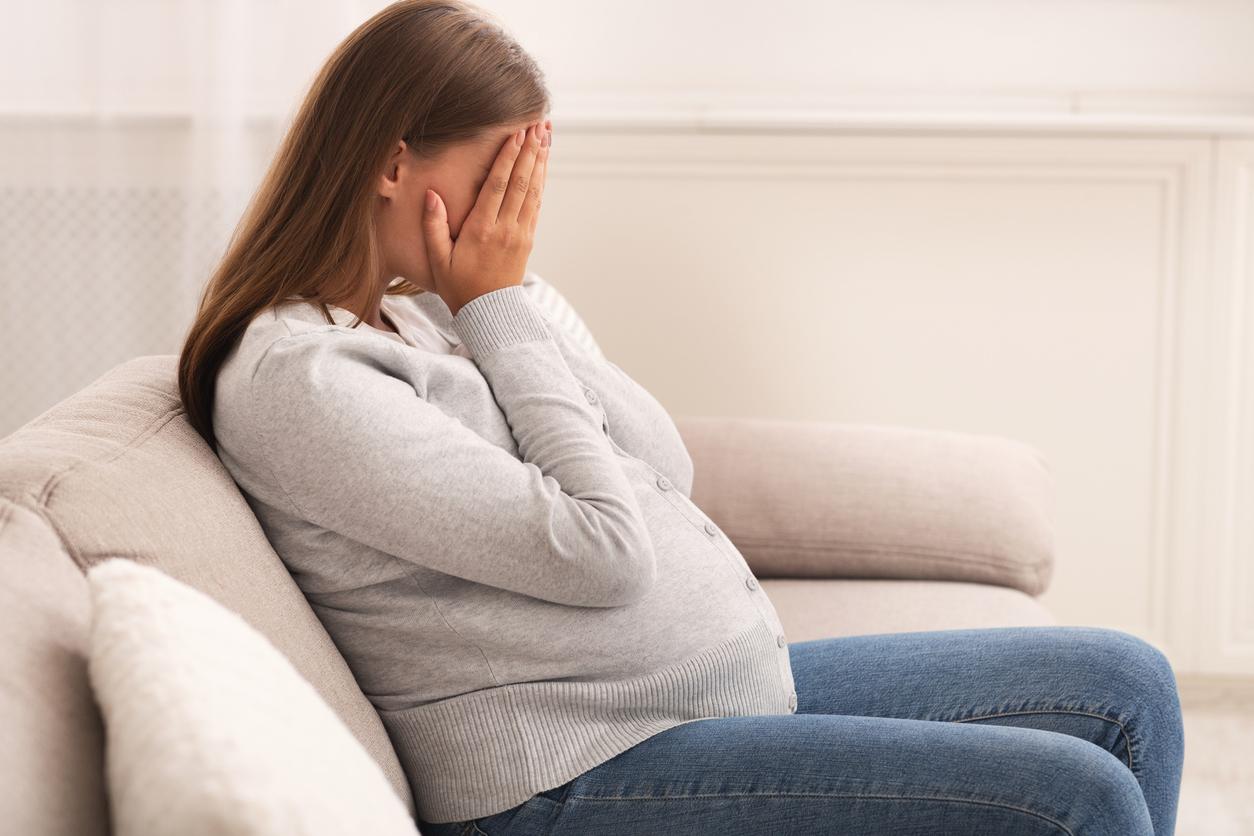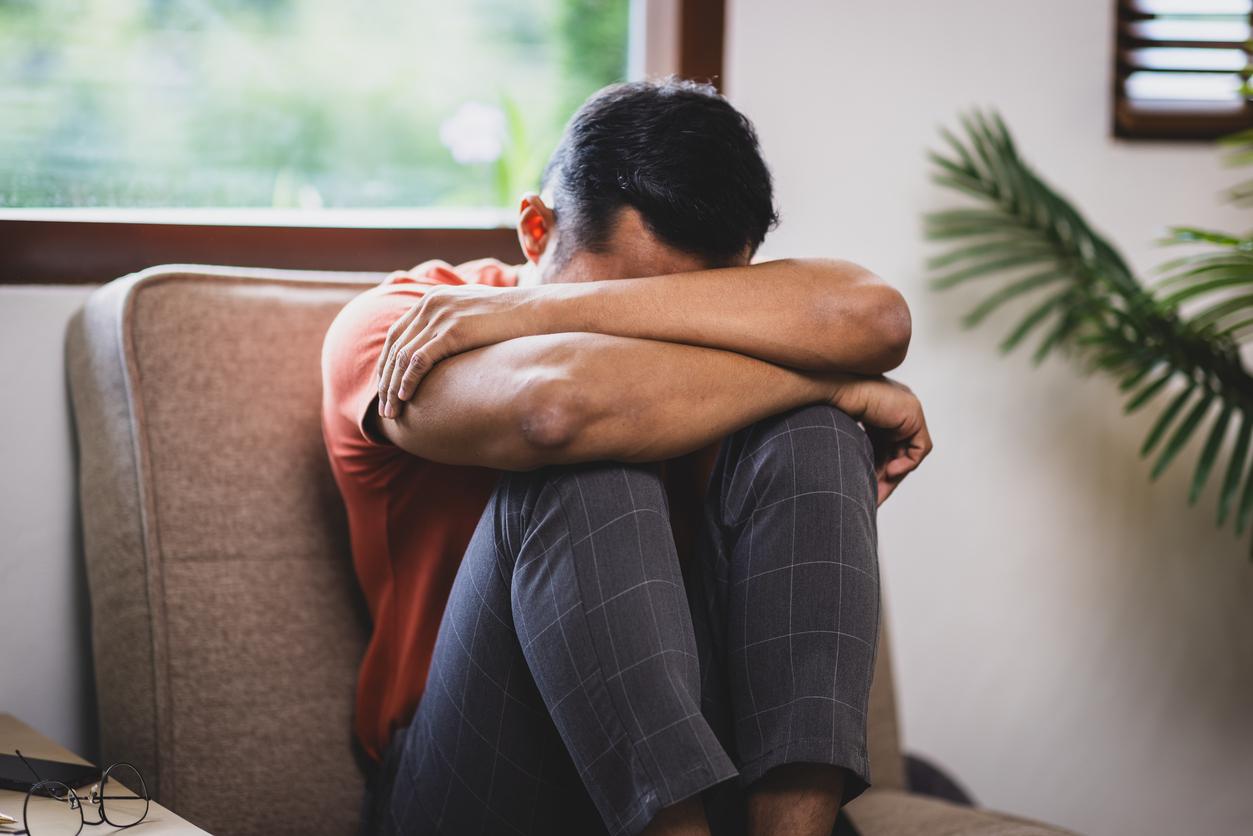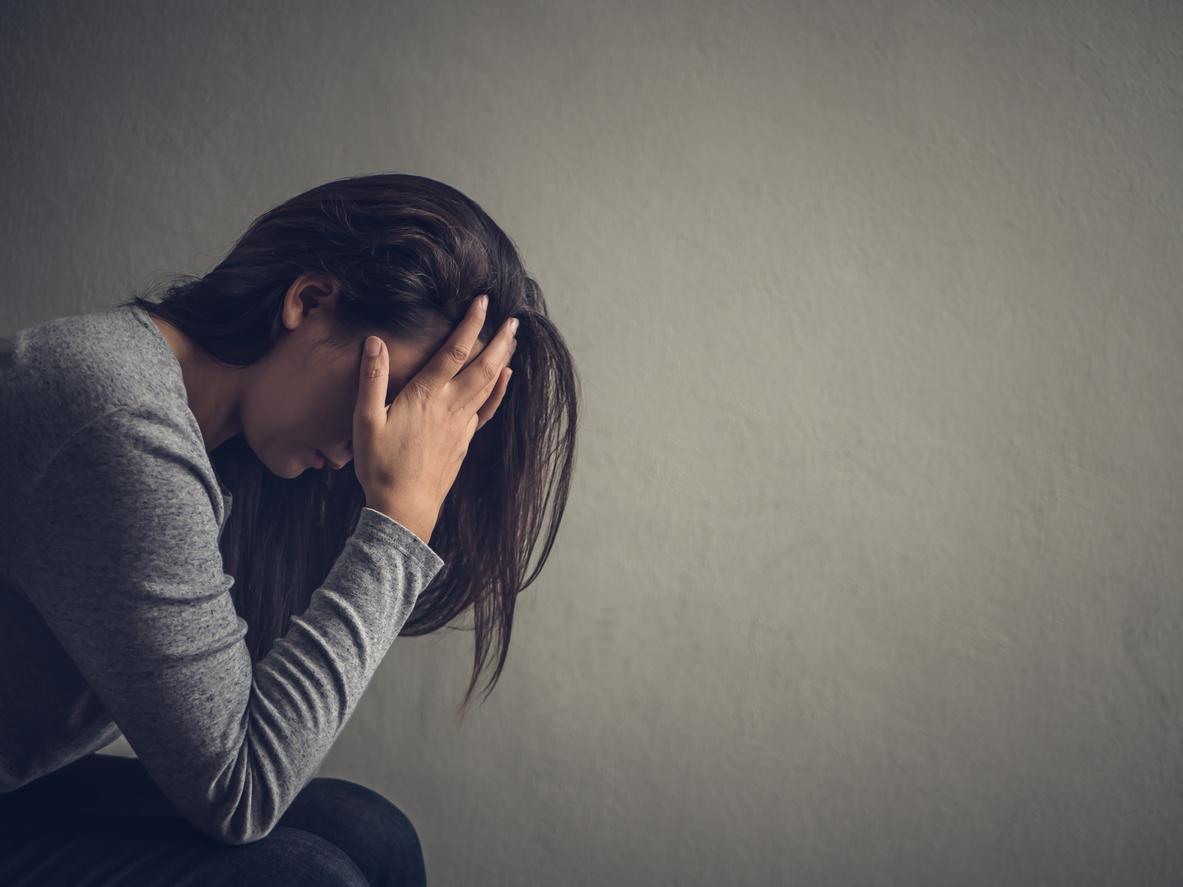Infrared rays would be great allies in the treatment of depression, according to an American study

Warmth to feel better. According to a study published in the scientific journal Jama Psychiatry, and presented on the sidelines of the conference of the Society for Psychiatric Biology in the United States, infrared light would improve depressive states. By increasing the body heat of patients by 40%, the symptoms related to the disease would be significantly reduced, support the work, carried out by researchers from several American universities. Based on the results of previous studies that proved the therapeutic efficacy of the sun on depression, the researchers looked at the influence of infrared heat.
To do this, the team of researchers brought together 338 people between February 2013 and May 2015. Among them, participants without any depressive disorder, mild to moderate depression and patients affected by severe depression. For almost an hour and a half, the participants were exposed to infrared rays. The heat primarily affected their torso and legs. At the end of a session, their body temperature could reach over 38.5 degrees. 14 other participants were subjected to placebo tests. The researchers interviewed the participants before and after the hyperthermia sessions.
Activation of serotonin
After just one week of infrared therapy, the researchers found that the condition of patients with severe depression improved significantly. According to the study’s authors, ” thehe heat that stimulates the skin also activates serotonin-producing cells, which affect how the brain works. In other words, the heat transmitted by the skin makes the brain happy ”. For the researchers, this therapy could be considered in the improvement of depressive disorders, in parallel with drug therapy.
3 million people affected each year in France
According to the World Health Organization (WHO), in 2030 depression will be the second leading cause of illnesses linked to socio-economic status in the world. In France, the disease affects 3 million people aged 15 to 75 each year, including twice as many women as men.
.














